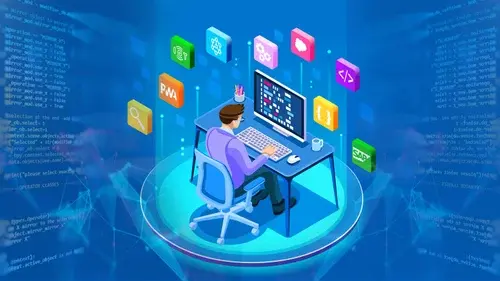From Idea to App: The Software Development Process Explained
- ankurg5
- Apr 7, 2024
- 3 min read
In today's digital age, having a great app idea can be the first step towards creating a successful product or service. Whether you're envisioning the next revolutionary social media platform or a simple utility app to solve a common problem, understanding the software development process is crucial for turning your idea into reality. Let's delve into the journey from idea to app, exploring the various stages involved in software development.

Idea Generation and Conceptualization: It all starts with an idea. This could be sparked by a personal need, market demand, or simply a stroke of inspiration. During this stage, brainstorming sessions, market research, and discussions with potential users help refine the concept and validate its feasibility.
Market Research and Validation: Before diving into development, it's essential to conduct thorough market research. This involves analyzing competitors, identifying target demographics, and understanding user needs and preferences. Validating your idea through surveys, focus groups, or MVP (Minimum Viable Product) testing helps ensure there's demand for your app.
Planning and Requirement Analysis: Once the idea is solidified, it's time to plan the project. This includes defining objectives, setting timelines, and determining the scope of the app. Detailed requirement analysis involves breaking down features and functionalities, creating user stories, and prioritizing tasks based on importance and complexity.
Design Phase: Design is not just about aesthetics but also about user experience (UX) and user interface (UI) design. Wireframing and prototyping tools are used to create mockups and visualize the app's layout, navigation, and interactions. Iterative design reviews refine the interface based on feedback from stakeholders and usability testing.
Development: This is where the coding begins. Developers use programming languages (such as Java, Swift, or Python) and development frameworks to build the app's backend (server-side logic, databases) and frontend (user interface). Agile methodologies like Scrum or Kanban are often employed to manage the development process, allowing for flexibility and continuous improvement.
Testing and Quality Assurance: Quality assurance (QA) is crucial to ensure the app functions as intended and delivers a seamless user experience. Testing involves various techniques, including unit testing, integration testing, and user acceptance testing (UAT). Bugs and issues are identified, reported, and fixed through multiple testing cycles.
Deployment and Launch: Once the app passes rigorous testing and meets all requirements, it's ready for deployment. Deployment involves releasing the app to app stores (such as the Apple App Store or Google Play Store) or distributing it through enterprise channels. Launch strategies may include marketing campaigns, press releases, and partnerships to generate buzz and attract users.
Post-Launch Support and Maintenance: Launching the app is just the beginning. Continuous support and maintenance are necessary to address user feedback, fix bugs, and introduce new features. Monitoring app performance, analyzing user metrics, and staying updated with platform changes are essential for long-term success.
Iterative Improvements and Updates: Software development is an iterative process. Based on user feedback, market trends, and technological advancements, the app undergoes regular updates and improvements. These updates may include bug fixes, feature enhancements, security patches, and compatibility updates to ensure the app remains relevant and competitive.
Scaling and Growth: As the app gains traction and user base grows, scaling becomes important. This involves optimizing performance, scaling infrastructure to handle increased traffic, and expanding features to cater to evolving user needs. Strategic partnerships, monetization strategies, and expansion into new markets contribute to the app's growth and success.
In conclusion, transforming an app idea into a successful product requires careful planning, execution, and continuous iteration. By following a systematic approach to software development and leveraging the right tools and methodologies, entrepreneurs and developers can bring their ideas to life and make a meaningful impact in the digital landscape. From idea to app, the journey is challenging but immensely rewarding for those who dare to innovate and pursue their vision.
.png)
_gif.gif)
.png)
Comments